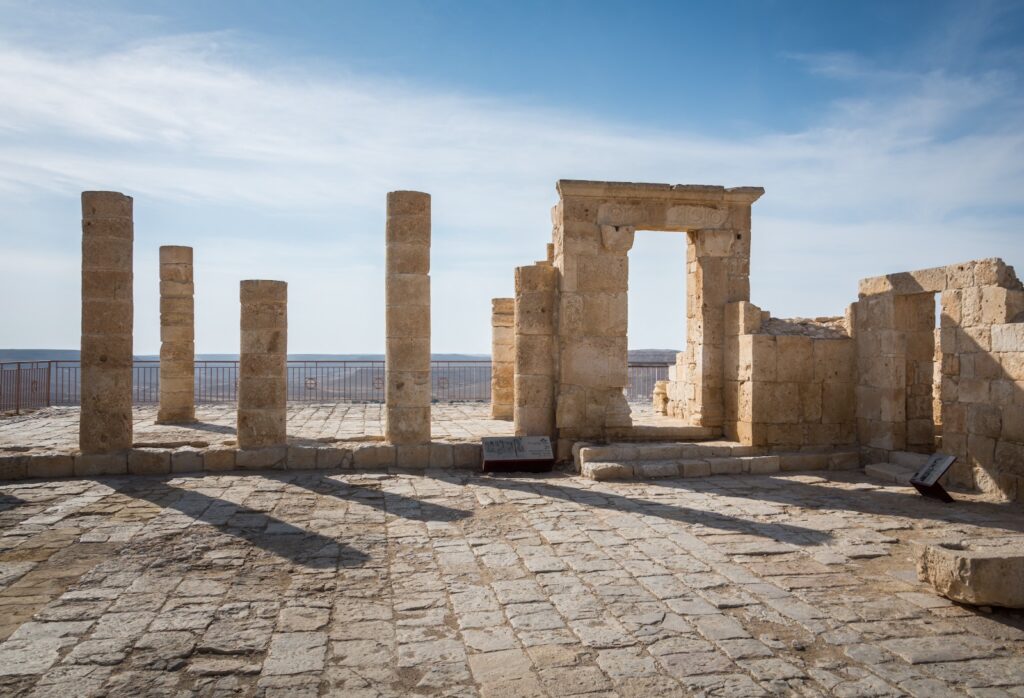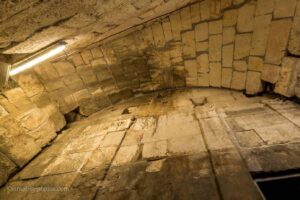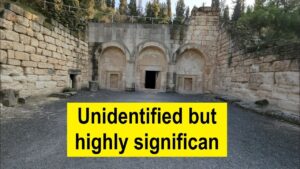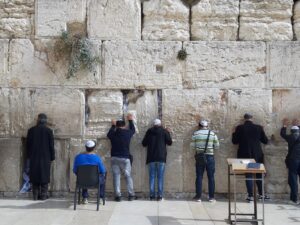Nestled in the heart of the Negev Desert, Avdat National Park is a captivating destination that offers a glimpse into the ancient world of the Nabateans. This archaeological site, once a thriving city along the Incense Route, is now a UNESCO World Heritage Site. Visitors can explore the ruins and enjoy the stunning desert landscape that surrounds them.
What to See
Avdat National Park is home to a variety of fascinating ruins that tell the story of the Nabateans, a nomadic Arab people who established a prosperous trade network in the region. As you wander through the park, you’ll encounter the remains of a Byzantine church, a Roman bathhouse, and a wine press, all of which offer insight into the daily life of the city’s inhabitants. The acropolis, perched atop a hill, provides panoramic views of the surrounding desert and is a must-see for any visitor. Don’t miss the opportunity to explore the ancient water system, which showcases the ingenuity of the Nabateans in harnessing the scarce desert resources.
A Bit of History and Interesting Facts
Avdat was founded in the 3rd century BCE and became an important stop along the Incense Route, a trade network that connected the Arabian Peninsula with the Mediterranean. The city flourished under Nabatean rule and later under Roman and Byzantine control. It was eventually abandoned in the 7th century CE after a series of earthquakes. One interesting fact about Avdat is that it was named after the Nabatean king Obodas I, who was buried there. The site also features a unique blend of architectural styles, reflecting the various cultures that influenced the city over the centuries.
Getting There and Tips for First-Time Visitors
Avdat National Park is located about 90 kilometers south of Be’er Sheva and is easily accessible by car. If you’re driving from Be’er Sheva, take Route 40 south and follow the signs to the park. Public transportation options are limited, so renting a car is recommended for those who wish to explore the area at their own pace. The park is open year-round, but the best time to visit is during the cooler months, from October to April, when temperatures are more comfortable for exploring the desert landscape.
For first-time visitors, it’s important to bring plenty of water, sunscreen, and a hat to protect yourself from the sun. Wear comfortable walking shoes, as the terrain can be uneven. Guided tours are available and can provide valuable insights into the history and significance of the site. Be sure to check the park’s website for any updates on opening hours and entrance fees before your visit.








